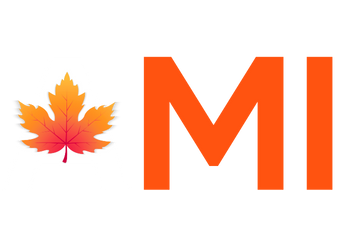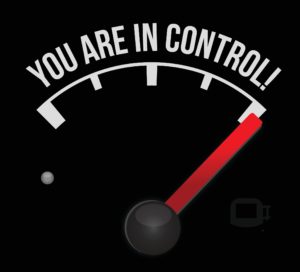Have you ever felt like things in your practice (or your life) have gone a little out of control? Have you ever been frustrated trying to run your practice efficiently, yet you find yourself running into procrastination, slow starts, assignments or orders not followed through on, tasks dragging on forever, etc.?
Many people feel that it is not possible to control their environment but usually this happens because they don’t know the secret to good control, and sometimes they even think that all control is BAD.
Control is Not a Bad Thing
Some people think that “control” means being pushed around, made to do things against their will, or being punished or even micromanaged to death. However, the truth is that control used properly has very positive effects on everyone and morale goes up because things GET DONE. Good control results in efficiency, accuracy, and competence.
What is Good Control, then?
To break the concept of control down into ridiculously simple parts, it is comprised of (1) starting something, (2) working on ot, completing the project. Let’s have a closer look at what this means:
Start: Have you ever experienced assigning a task or project only to find out two weeks later that it hasn’t even been started yet? There can be many reasons why this is: not enough manpower but not looking for a solution to that. Not having the equipment to get it done and no one lets you know that they need this. Or they’ve been busy doing other things and have the idea that those are priority without consulting you. In short, the project doesn’t even get started.
Continue: Once started, there’re usually a series of steps that need to be done to accomplish the task. Sometimes people get bogged down on these steps or distracted and come to a premature stop on the project. Maybe the person got confused or felt they were going in the wrong direction on it and then gave up.
Finish: Completing a project of any kind means getting it into the hands of the person who requested it, or implementing what resulted from the project, etc.
Example:
You decide to have an open house for the practice.
Start: Work out a plan for the whole project including date, time, location, decoration, staffing, promoting, food, etc. etc.
Get the plan into action: Make sure that the people who are to work on it have been assigned the duty to get it done. It can fail in many ways here: not enough people assigned, failing to get the promo out the door in all possible avenues, not ensuring the caterer is totally on top of the preps the day before, and so on.
Finish: Have a successful open house! But don’t forget that the reason you are having one is to attract more new patients to the practice. So talking it up with the visitors and signing up a few new patients (or a lot) is also part of completing the whole project.
In Conclusion
To efficiently get work done, you must be aware of each of the three steps and ensure that things get started in the first place, then followed through on, and completed to the expected (or better) result. In doing so, you will add a whole new level of order and efficiency to your practice.
Try it and see!
To create a highly efficient and successful practice this year,
get started now by teaming up with us!
CALL: 416-466-6217 for more information.
or click here
Creative Commons Attribution: Permission is granted to repost this article in its entirety with credit to The Art Of Management Inc. and a clickable link back to this page.


